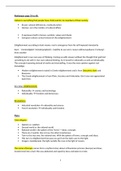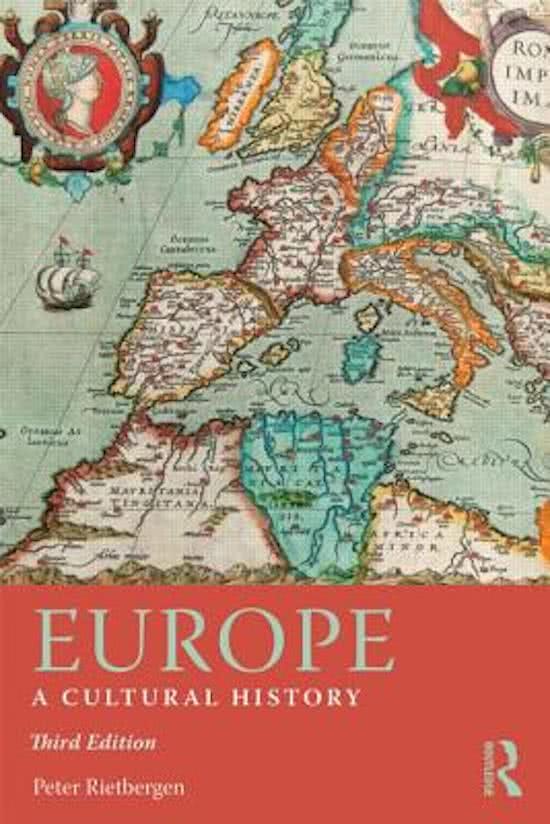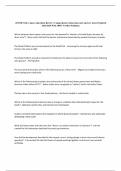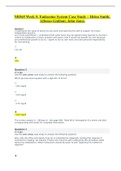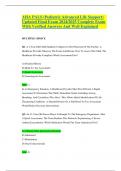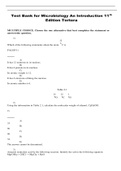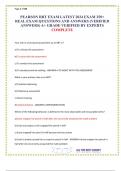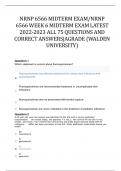Summary
Cultural Dimension of Europe, summary of the Rietbergen book AND slides (for ES students at THUAS, article summary included)
- Course
- Institution
- Book
Cultural Dimension of Europe, summary of certain chapters of the Rietbergen book, exam questions AND lecture slides (for ES students at THUAS, article summaries included). Written in . The Writer of this summary passed this course with a 7,5. The summary is written in english.
[Show more]
